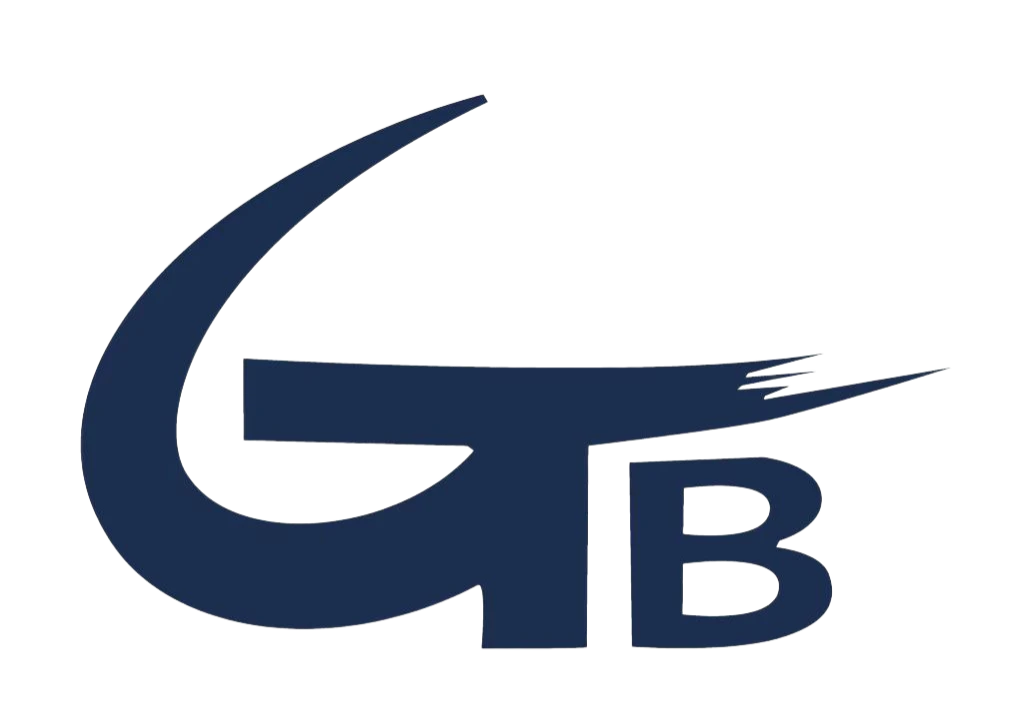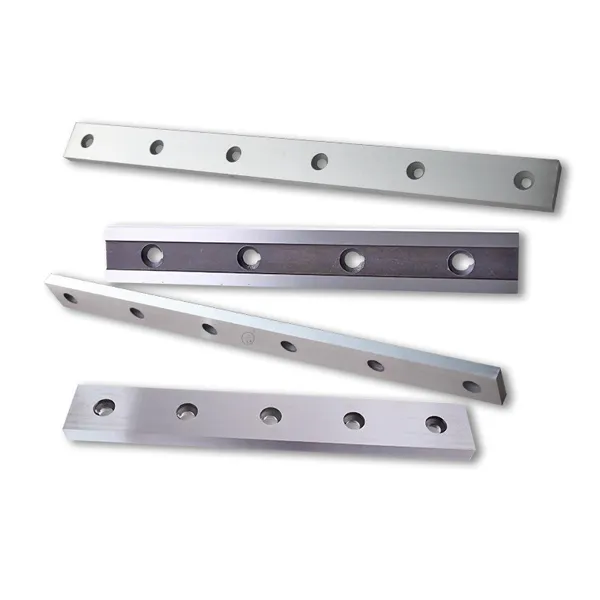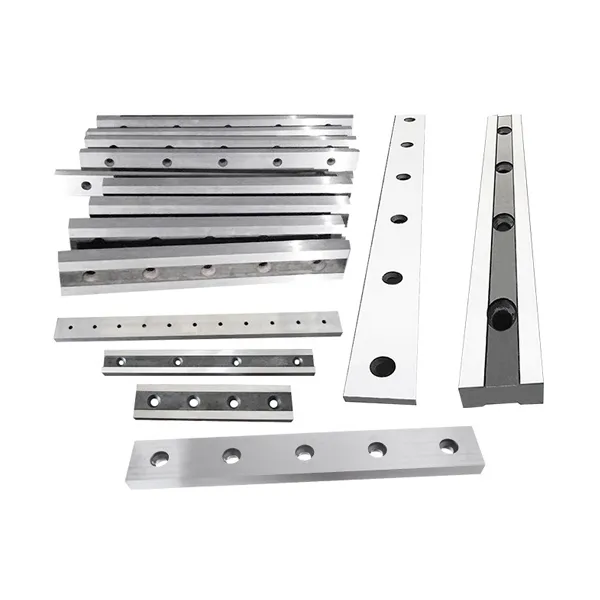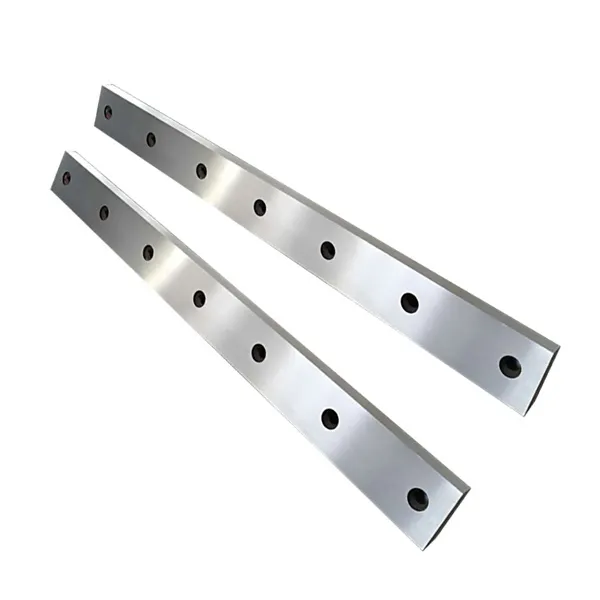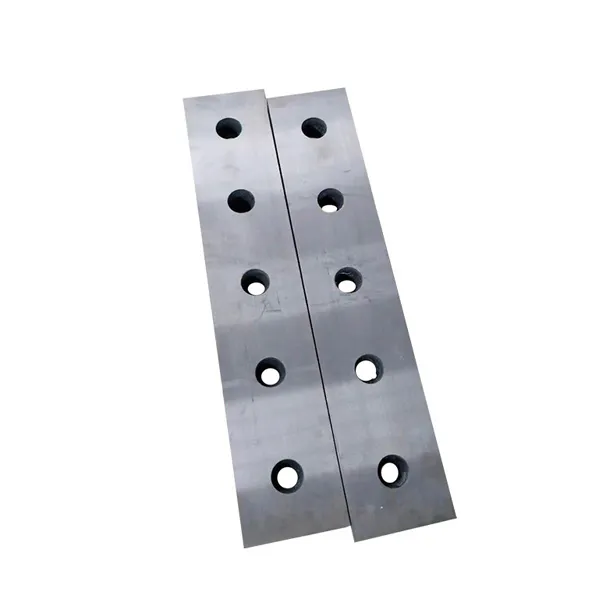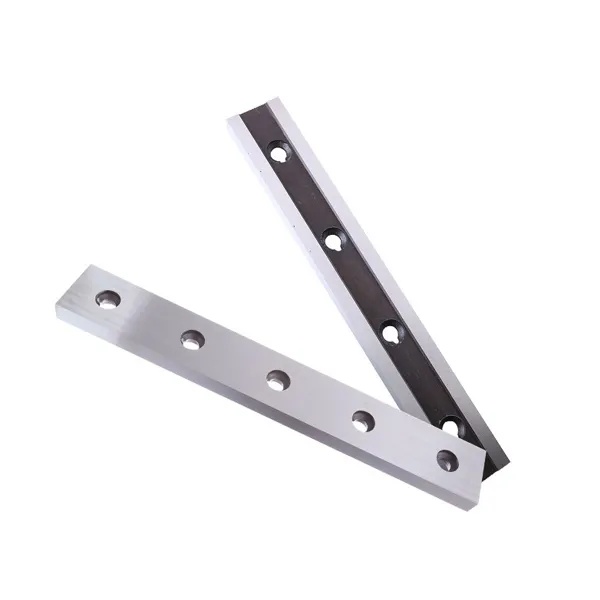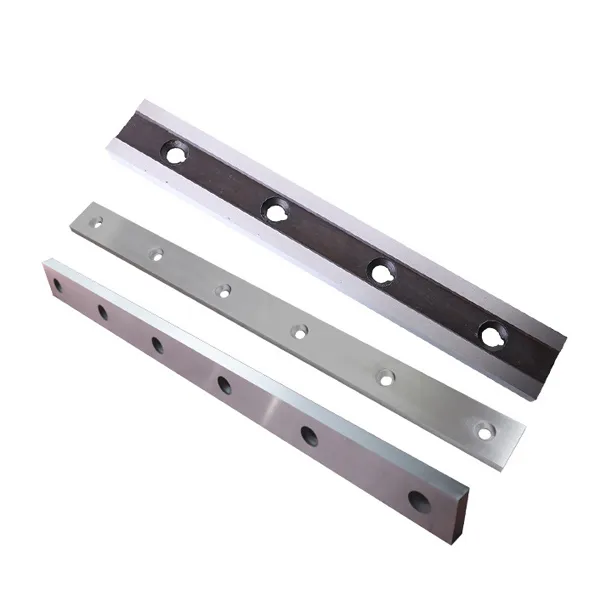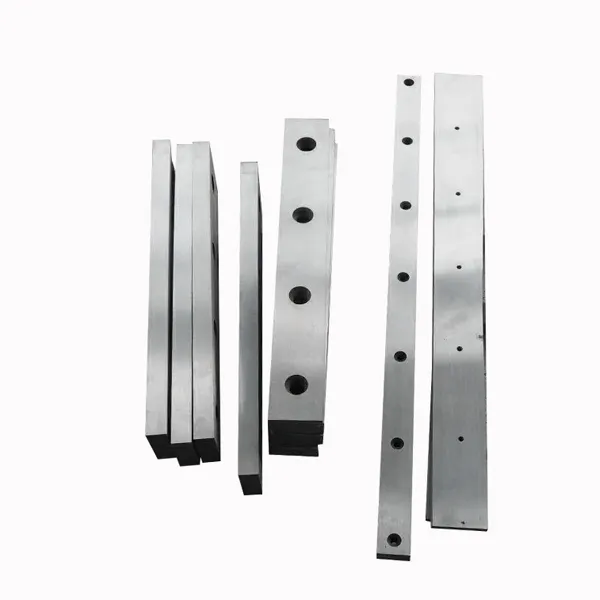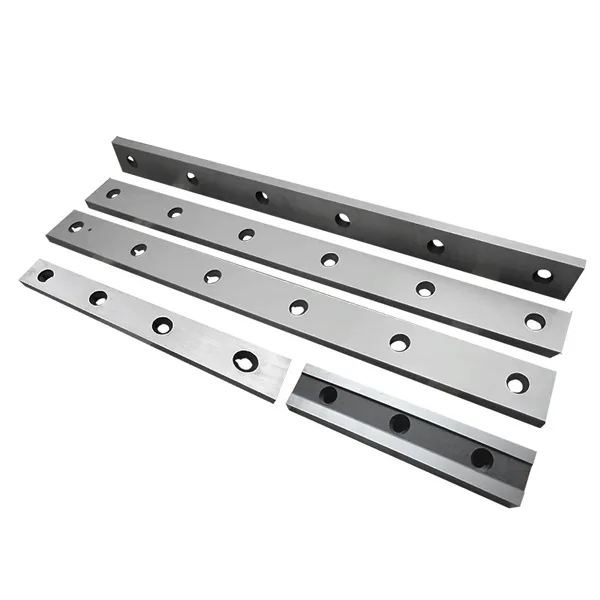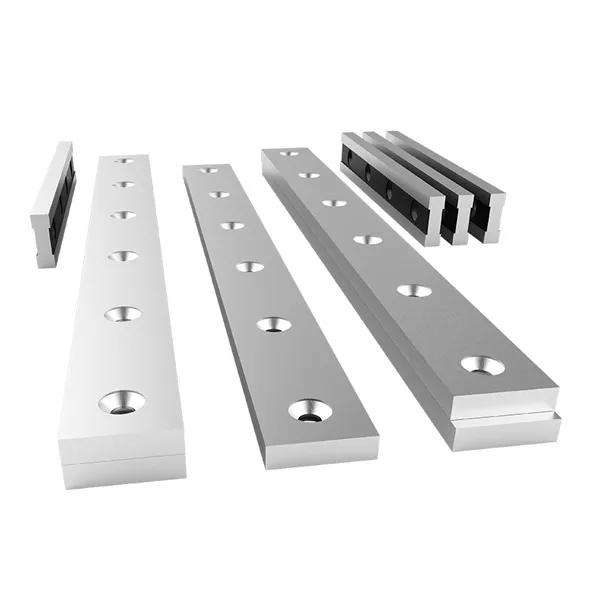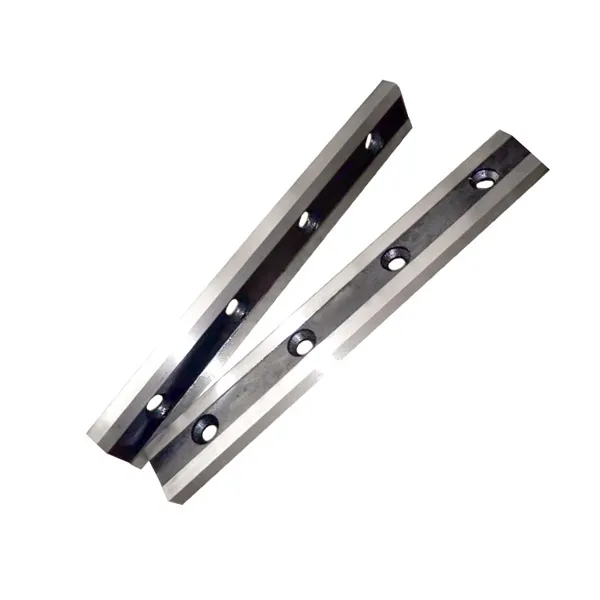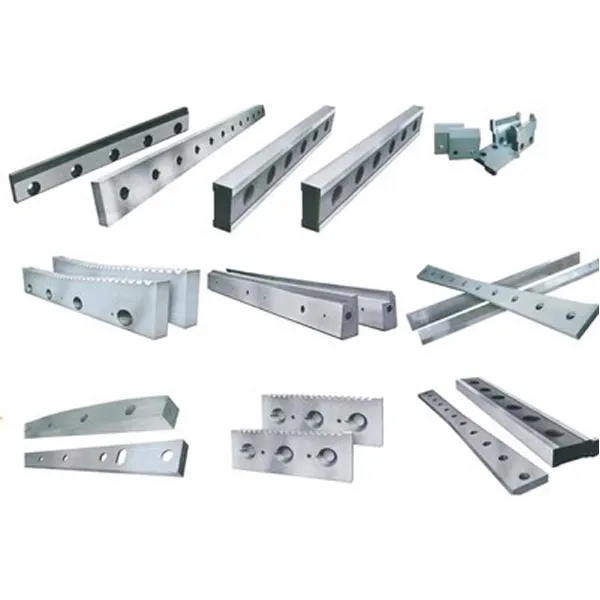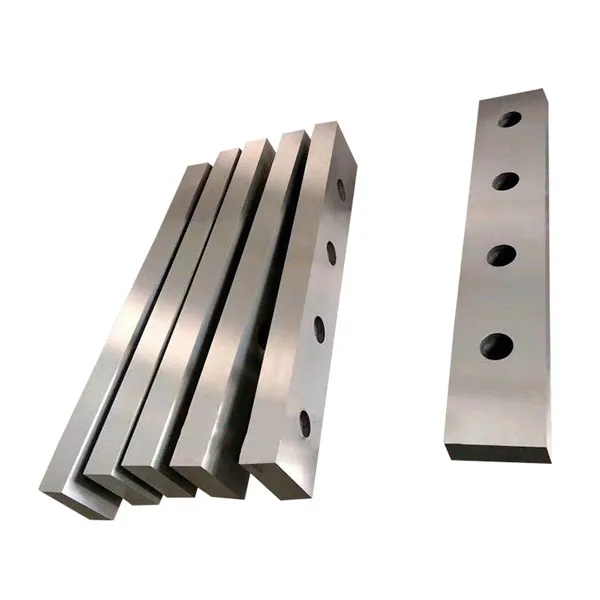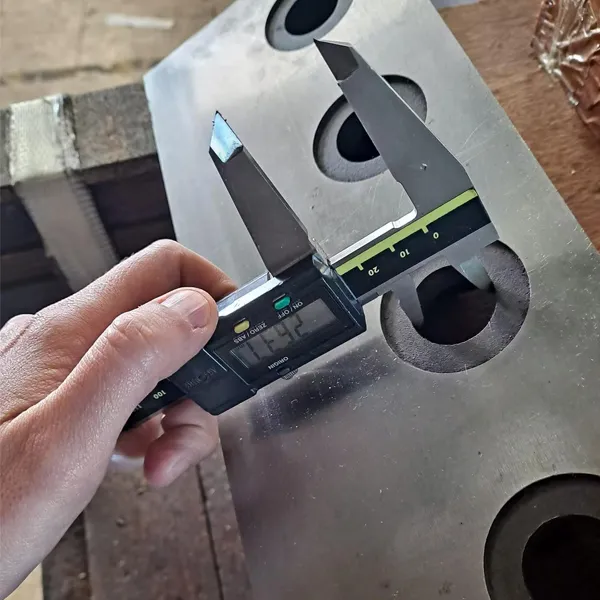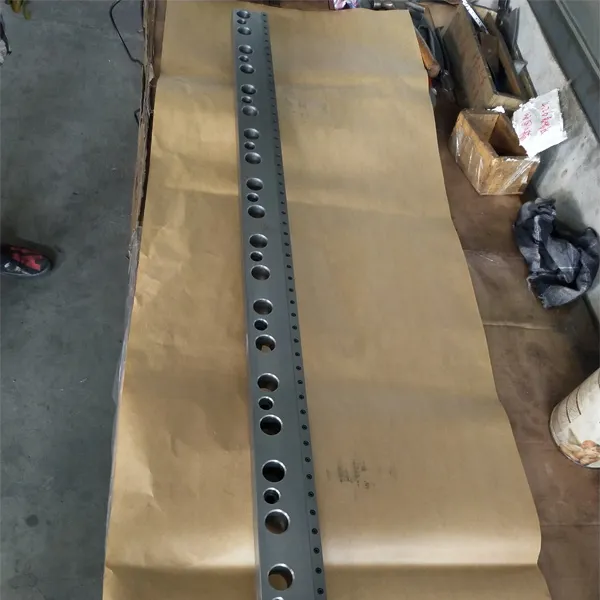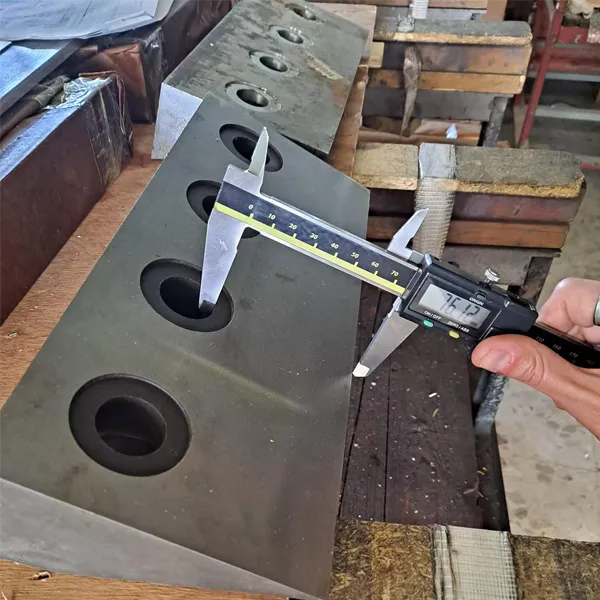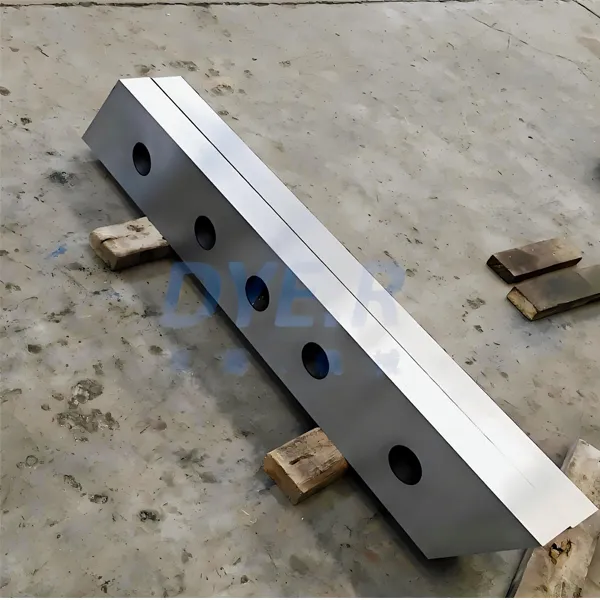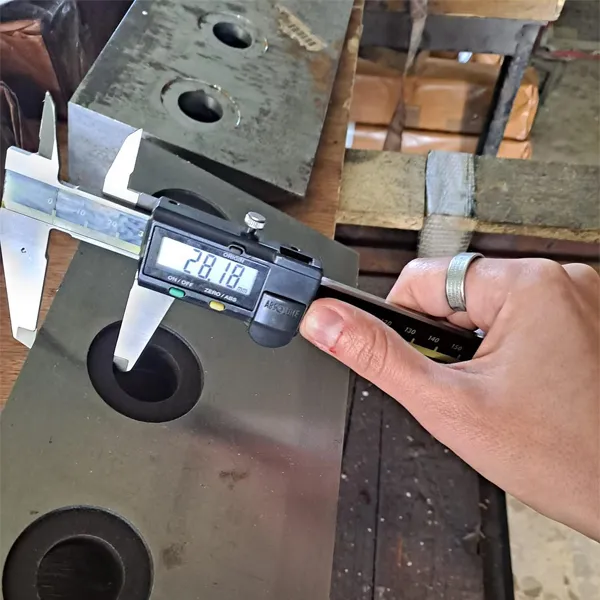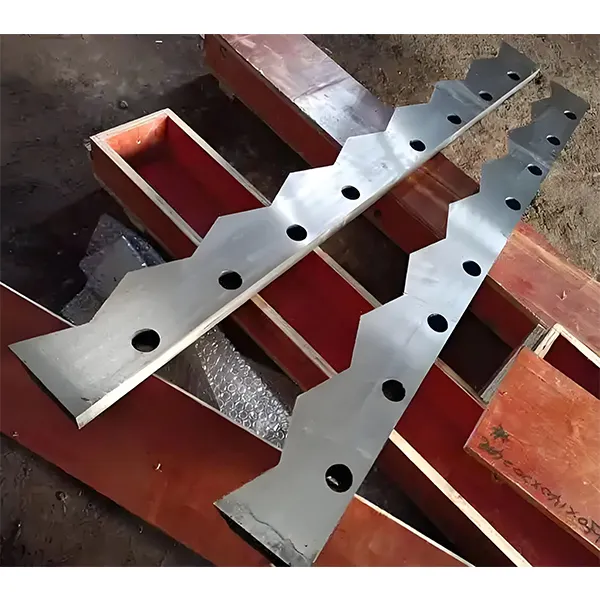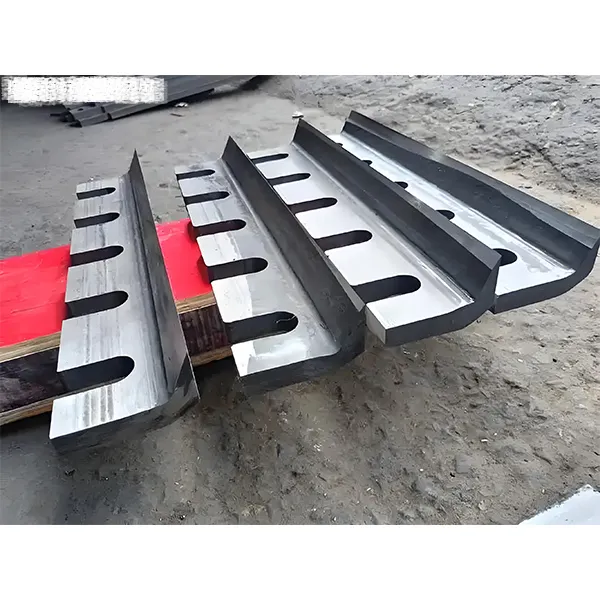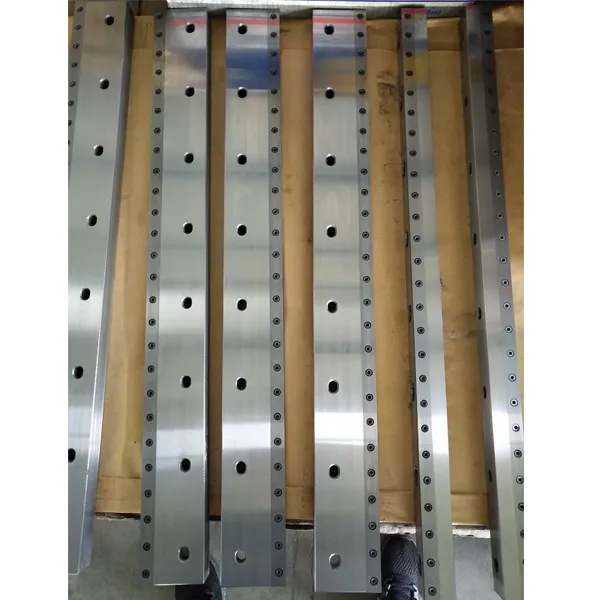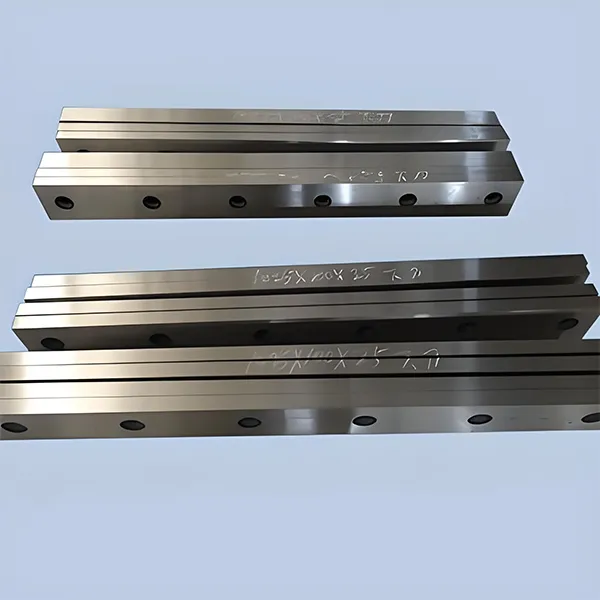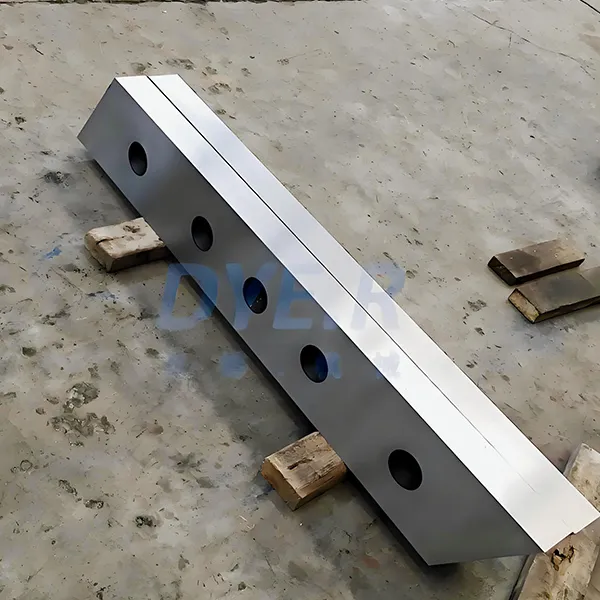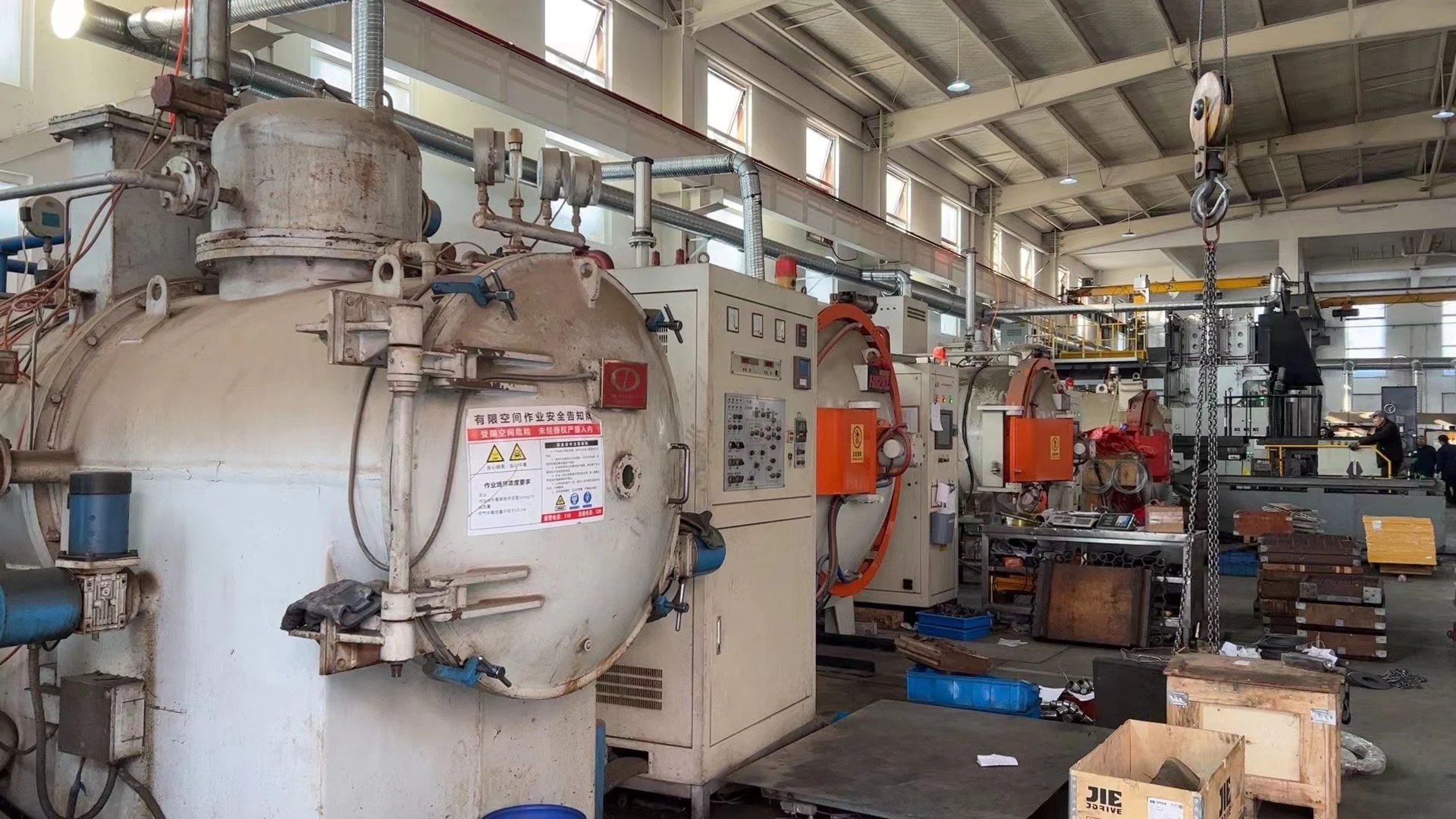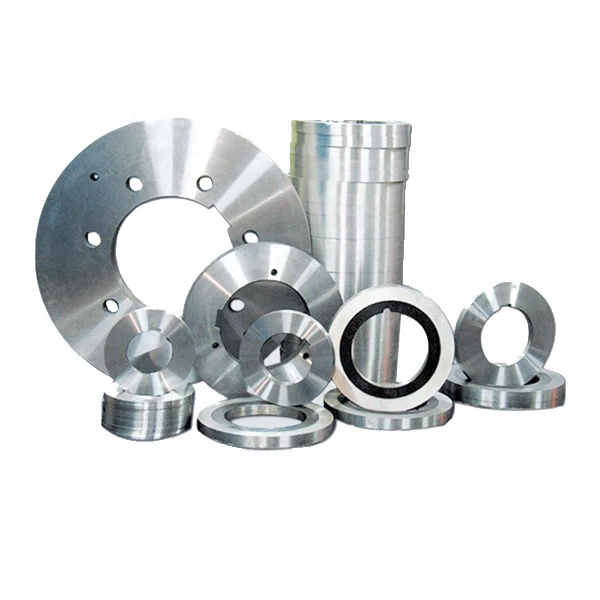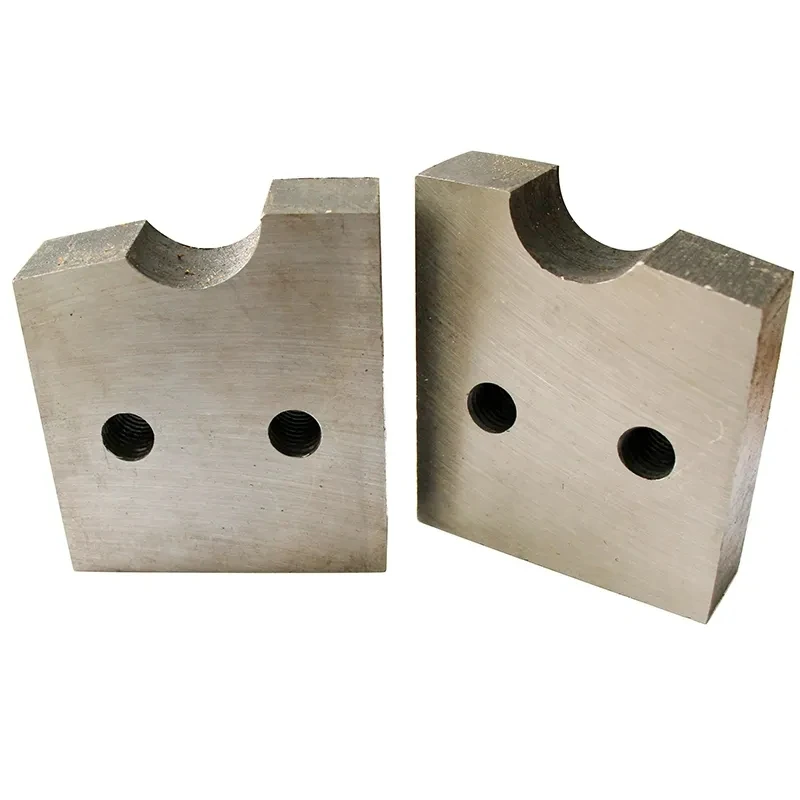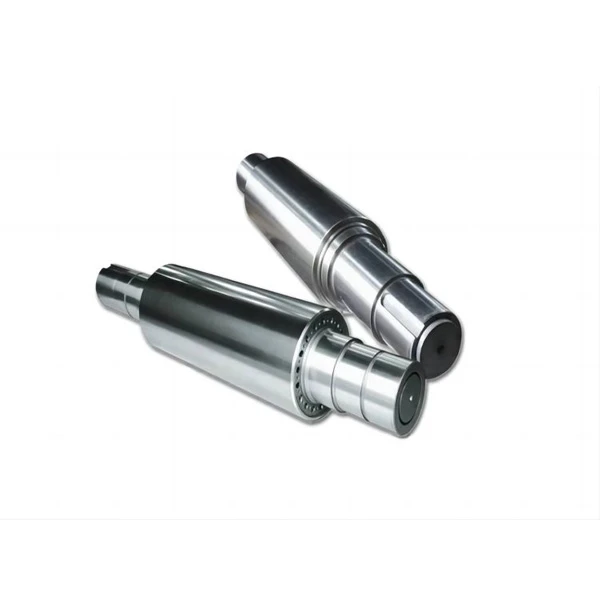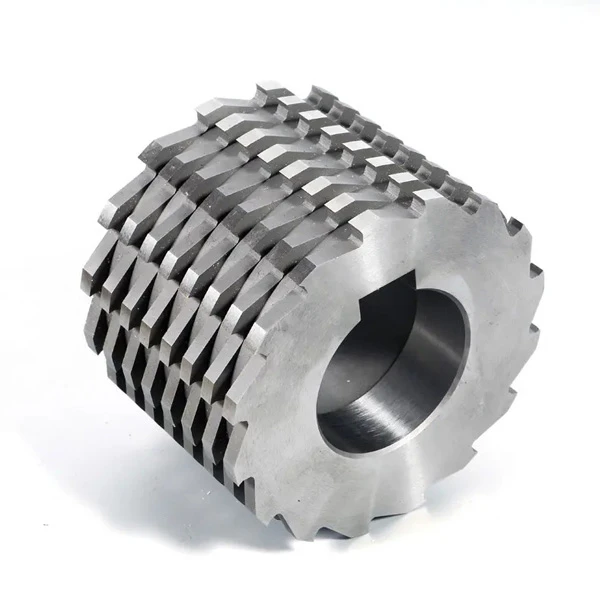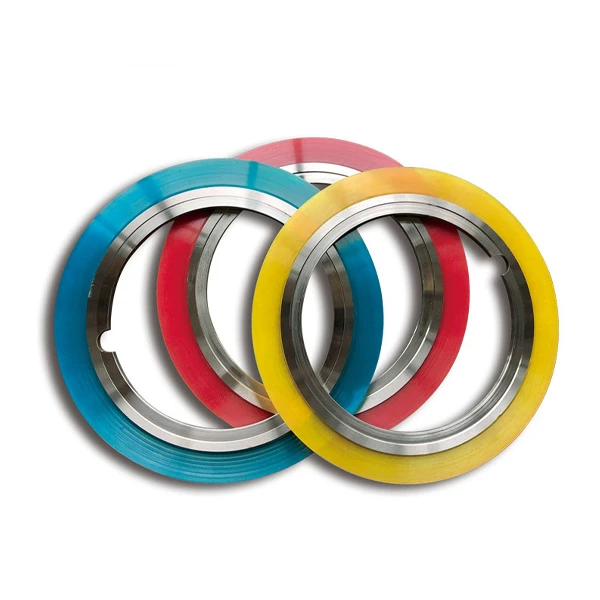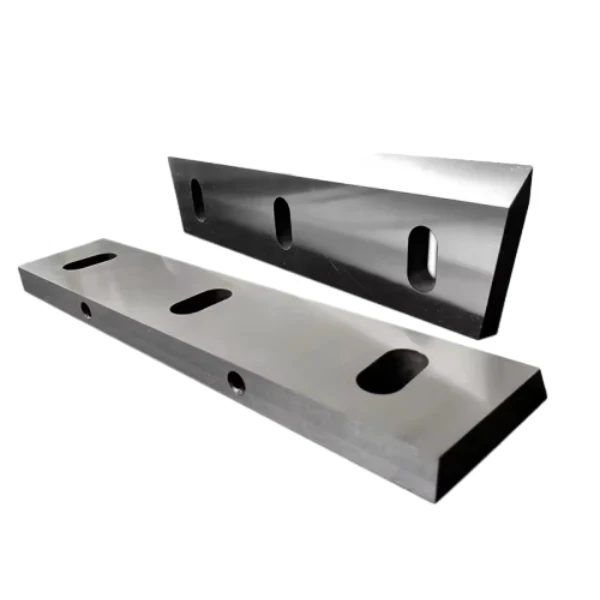- Tel: +86 15003285235
- Email: lena@industrialblades.cc
- Afrikaans
- Albanian
- Amharic
- Arabic
- Armenian
- Azerbaijani
- Basque
- Belarusian
- Bengali
- Bosnian
- Bulgarian
- Catalan
- Cebuano
- Corsican
- Croatian
- Czech
- Danish
- Dutch
- English
- Esperanto
- Estonian
- Finnish
- French
- Frisian
- Galician
- Georgian
- German
- Greek
- Gujarati
- Haitian Creole
- hausa
- hawaiian
- Hebrew
- Hindi
- Miao
- Hungarian
- Icelandic
- igbo
- Indonesian
- irish
- Italian
- Japanese
- Javanese
- Kannada
- kazakh
- Khmer
- Rwandese
- Korean
- Kurdish
- Kyrgyz
- Lao
- Latin
- Latvian
- Lithuanian
- Luxembourgish
- Macedonian
- Malgashi
- Malay
- Malayalam
- Maltese
- Maori
- Marathi
- Mongolian
- Myanmar
- Nepali
- Norwegian
Guillotine Shear Blades
Widely used in the metal processing industry, including:
Light industry, aviation, shipbuilding, metallurgy, automobile manufacturing;
Stainless steel products, steel structure buildings, electrical equipment, and engineering machinery.
Cutting materials include steel plates, copper plates, aluminum plates, and some non-metallic plates.
The commonly used materials for hydraulic shearing machine blades include T10 carbon tool steel, 9CrSi low-alloy tool steel, 6CrW2Si alloy steel, H13 hot work die steel, LD special steel, Cr12MoV high carbon and high chromium steel, etc.
Performance requirements: Must meet high wear resistance, fatigue resistance, and high temperature stability to cope with long-term high-frequency shear operations.
Processing requirements: It is necessary to ensure the verticality and flatness of the cutting surface, reduce plate distortion, and meet the precision requirements for subsequent welding or assembly.
Different materials correspond to different cutting requirements:
|
9CrSi |
Hardness HRC57-59, suitable for shearing ordinary carbon steel plates (such as A3 plates) |
|
6CrW2Si |
Can cut ordinary plates and stainless steel |
|
H13/LD/Cr12MoV |
High wear resistance, high temperature resistance, suitable for high-strength metals such as stainless steel and alloy steel |
Some blades also use hard alloy inlay or brazing high-speed steel technology to enhance durability.
Hydraulic shearing machine blades are divided into the following two categories:
1.Hydraulic swing blade: It completes cutting through arc-shaped swing and is suitable for medium and small thickness plates.
2.Hydraulic brake blade: moves straight up and down, with higher cutting accuracy, suitable for thick plates and high-precision requirements.
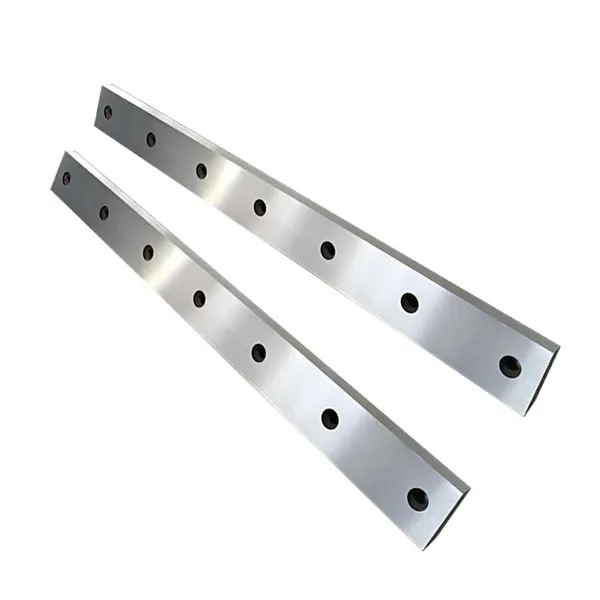
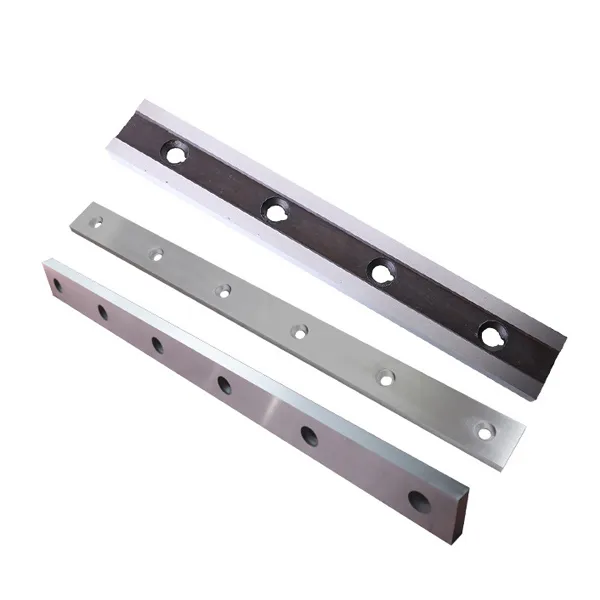
Before operation: Wear protective equipment and confirm that the equipment is in normal condition.
Parameter adjustment: Adjust the blade gap according to the thickness of the board, and calibrate the mold or fixture according to the width.
Material restrictions: Cutting of hard marks, welding slag, or excessive thickness materials is prohibited.
Maintenance requirements: Add lubricating oil every shift and regularly check the condition of bearings and blades.
Conventional dimensions: such as 1025 × 125 × 32, 1300 × 80 × 20, etc. (unit: mm).
Customized length: Supports customization of seamless blades ranging from 2 meters to 6 meters.
Hardness range: HRC48 ° -74 °, adjusted according to material and heat treatment process.
Daily maintenance: Regularly clean debris and avoid corrosive substances from contacting the blade.
Refurbished use: After wear and tear, the cutting edge can be re sharpened to improve utilization.
Through reasonable material selection, standardized operation, and regular maintenance, hydraulic shearing machine blades can significantly improve cutting efficiency and extend service life.
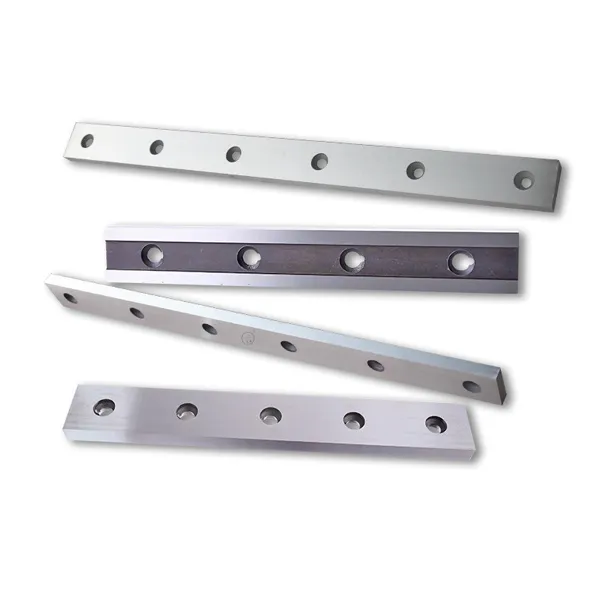
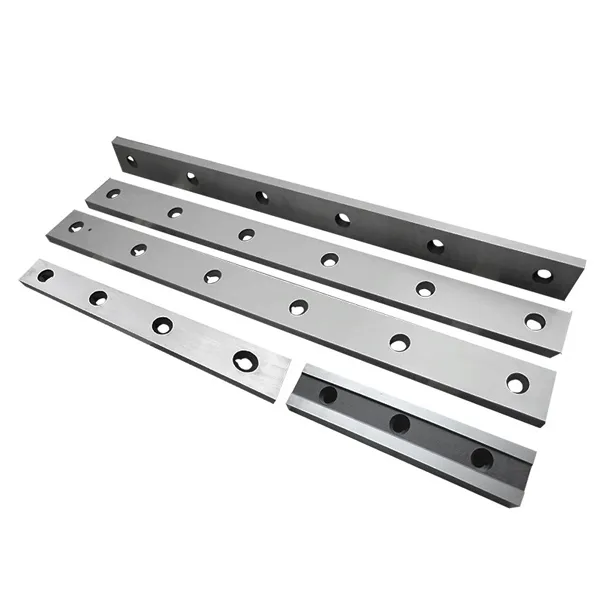
High-Performance Guillotine Shear Blades for Industrial Applications
Our guillotine shear blades are crafted to withstand the rigorous demands of continuous metal cutting operations. Featuring advanced metallurgical compositions and specialized surface treatments, these blades resist wear and deformation even when processing high-tensile materials. The balanced design reduces vibration during operation, ensuring precise cuts while prolonging equipment life. Our shear blades are trusted by metal service centers and fabrication shops worldwide for their consistent performance in cutting carbon steel, stainless steel, and aluminum alloys with tight tolerances.
Get Binsheng Blade Tech Tips
ISO 9001 insights: industry trends & blade guides
